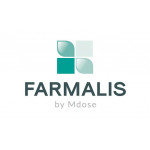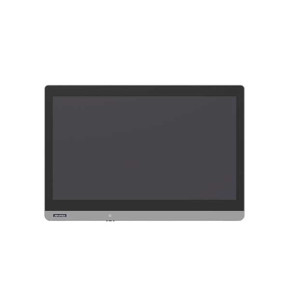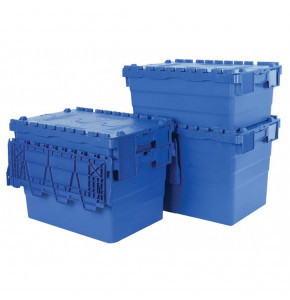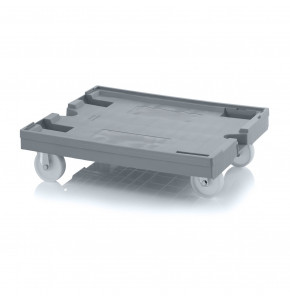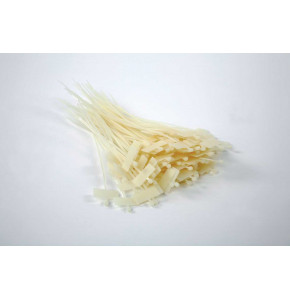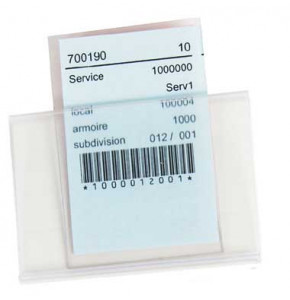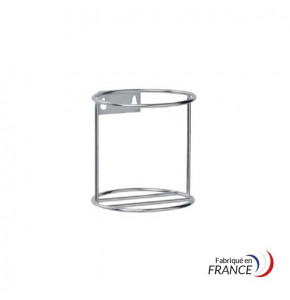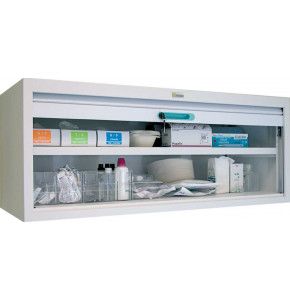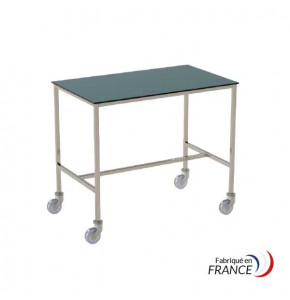The Impact of SafeCrush™: A Case Study from the Hospital for Special Care (HFSC)
We invite you to discover through this case study the positive impact that using SafeCrush™ can have on healthcare facilities. This study highlights our collaboration with the Specialized Care Hospital (HFSC) in New Britain, CT, where SafeCrush™ was implemented seven years ago to address medication management challenges.
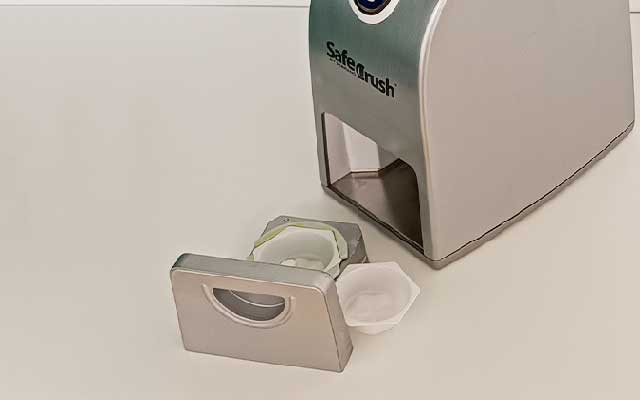
HFSC is a specialized care facility that accommodates over 175 patients with feeding tubes. Before the introduction of SafeCrush™, the nursing staff spent a considerable amount of time manually crushing pills. This process not only compromised their safety and that of the patients but also affected the overall efficiency of care and the ability of the nursing staff to provide personalized care.
Here are the main challenges HFSC faced and how SafeCrush™ helped overcome them.
Complications Related to Feeding Tubes
Challenge: Feeding Tube Complications
One of the major issues encountered by HFSC was feeding tube complications. With manual pill crushers, HFSC lost hundreds of thousands of dollars annually on expenses related to clogged feeding tubes. Nurses had difficulty finely crushing pills, which frequently led to tube blockages.
SOLUTION: SafeCrushTM
The implementation of SafeCrushTM solved this problem by making the medication administration process more efficient. SafeCrushTM achieves a fine and uniform pill crush, significantly reducing the risk of feeding tube blockages. This improvement enhanced safety standards and resident well-being while saving HFSC several hundred thousand dollars annually.
Airborne Pill Dust
Challenge: Inhalation of Toxic Pill Dust by Nurses
Another critical problem was the inhalation of toxic pill dust by nurses. Unlike manual pill crushers and the bagging system, the safety features of SafeCrushTM eliminate the risk of inhaling toxic pill dust. Pills are crushed between two grinding cups in a sealed crushing chamber.
SOLUTION: SafeCrushTM
With the use of SafeCrushTM, HFSC observed improved efficiency and safety in medication handling. This system contributes to a healthier environment for staff and residents by eliminating airborne pill dust.
Cross-Contamination
Challenge: Protecting Patients from Cross-Contamination
Cross-contamination from pill dust is another concerning issue. Dust escaping from manual pill crushers settles on the crusher itself, counters, and medication cart surfaces, opening the door to cross-contamination.
SOLUTION: SafeCrushTM
SafeCrushTM eliminates this risk by containing pill dust within a sealed crushing chamber. This prevents dust dispersion and surface contamination, ensuring a cleaner and safer environment for patients.
Musculoskeletal Injuries
Challenge: Protecting Nurses from Injuries Due to Repetitive Movements
Manual pill crushers expose nurses to joint inflammation and various injuries, including crushed fingers. Crushing pills manually is a laborious task.
SOLUTION: SafeCrushTM
SafeCrushTM automates the pill-crushing process, protecting nurses in multiple ways. Automating this process reduces the risk of injuries related to repetitive movements and improves the overall health of the nursing staff.
Inefficiencies - Time
Challenge: Manual Pill Crushers Are Not Hands-Free
Manual pill crushers require direct intervention, which can be inefficient and time-consuming. The introduction of the automated and hands-free SafeCrushTM significantly streamlines medication passes.
SOLUTION: SafeCrushTM
Nurses reported a notable reduction in time spent compared to manually crushing pills, allowing them to devote more time to direct patient needs. This not only improves care efficiency but also the quality of interaction between staff and patients.
Noise
Challenge: Manual Pill Crushers... Not So Quiet
The incessant noise from manual pill crushers was a source of disruption for patients and staff. From morning to night, the hammering sounds could be clearly heard one floor below and 100 meters away.
SOLUTION: SafeCrushTM
SafeCrushTM operates quietly, eliminating this disruptive noise source. This creates a calmer and more pleasant environment for patients and staff.
Discussion and Next Steps
This case study demonstrates the significant benefits of using SafeCrushTM in a healthcare setting. By addressing challenges related to feeding tubes, pill dust, cross-contamination, musculoskeletal injuries, time inefficiencies, and noise, SafeCrushTM has transformed the medication management experience at HFSC.
At Mdose, our mission is to provide innovative solutions that improve safety, efficiency, and quality of care in healthcare facilities. SafeCrushTM is a perfect example of our commitment to this mission. Through advanced technologies and thoughtful design, SafeCrushTM has proven effective in transforming medication management, creating safer and more efficient working environments for healthcare staff, and improving the quality of life for patients.
 Francais
Francais 
 Cart
Cart Quote
Quote